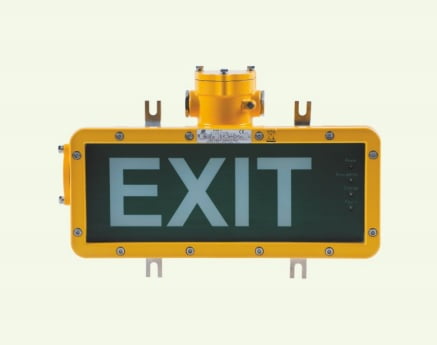When it comes to safety in hazardous environments, nothing is more critical than the right lighting. This is where Intrinsically Safe Store comes in, providing a wide range of intrinsically safe lighting solutions designed for use in confined spaces. In this article, we delve into the special considerations and best practices for using intrinsically safe lighting in confined spaces. We invite you to explore our website and discover how our products can enhance safety in your operations.
Understanding Intrinsically Safe Lighting
Intrinsically safe lighting is designed to operate in hazardous environments without causing ignition. These lights are engineered to limit electrical and thermal energy to a level below what is required to ignite a specific hazardous atmospheric mixture.
Why Intrinsically Safe Lighting is Crucial in Confined Spaces
Confined spaces, such as tunnels, tanks, and silos, often contain flammable gases, vapors, or dust. Standard lighting equipment can generate sparks or heat, potentially igniting these substances and causing an explosion. Intrinsically safe lighting mitigates this risk, ensuring the safety of workers and equipment.
Special Considerations for Intrinsically Safe Lighting in Confined Spaces
When selecting intrinsically safe lighting for enclosed areas, several factors need to be considered:
- Light Intensity: The lighting should provide sufficient illumination for tasks without causing glare or shadows that could hide hazards.
- Beam Spread: A wide beam spread is essential for illuminating large areas, while a narrow beam is suitable for focusing on specific tasks.
- Run Time: The lighting should have a long run time to ensure continuous operation during the work period.
- Resistance: The lighting should be resistant to dust, water, and impact to withstand harsh conditions in confined spaces.
Best Practices for Using Intrinsically Safe Lighting in Confined Spaces
Here are some best practices to follow when using intrinsically safe lighting in confined spaces:
- Regular Inspection: Regularly inspect the lighting for any signs of damage or wear that could compromise its safety.
- Proper Installation: Ensure the lighting is correctly installed and secured to prevent accidental dislodging.
- Training: Train workers on the correct use and maintenance of the lighting to ensure its longevity and effectiveness.
- Emergency Lighting: Always have emergency lighting available in case the primary lighting fails.

Intrinsically safe lighting is a critical component of safety in enclosed areas. By considering factors such as light intensity, beam spread, run time, and resistance, and by following best practices such as regular inspection, proper installation, training, and having emergency lighting, you can ensure the safety of workers and equipment in these hazardous environments. Intrinsically Safe Store is your go-to source for intrinsically safe lighting solutions designed for use in confined spaces. Contact us today to learn more about our products and how they can enhance safety in your operations.


























